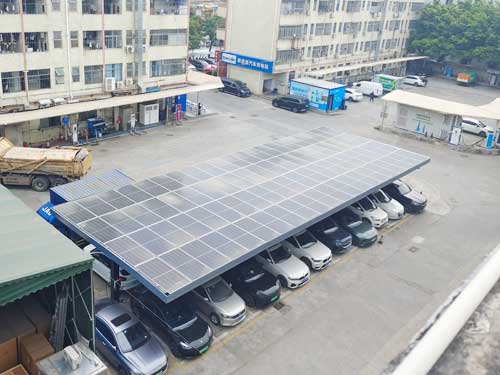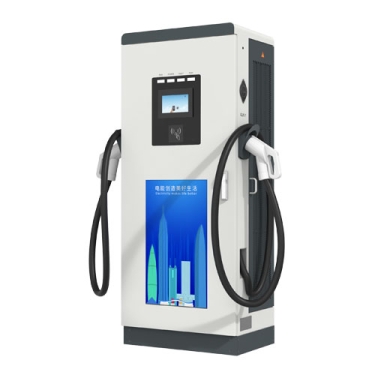- Visitors:0 Views
- Time:2025-03-31
italy electric car charging stations
Construction path and innovative practice of electric car charging stations in Italy
1. Market status and core challenges
As the fourth largest new energy vehicle market in Europe, Italy is expected to have more than 1.5 million electric vehicles in 2025, but the ratio of electric vehicles to chargers is still as high as 8:1, which is lower than the EU average. The current construction faces three bottlenecks:
1.1. Large differences in urban and rural infrastructure: The density of charging stations in cities such as Milan and Rome is relatively high, but the coverage rate in southern agricultural areas and islands such as Sicily is less than 30%;
1.2. High cost of power grid upgrade: It is difficult for power facilities in old urban areas to match the instantaneous load demand of supercharging piles above 480kW;
1.3. Poor compatibility with multiple standards: Existing chargers cannot meet the universal requirements of interfaces such as European standards (CCS2) and Tesla (NACS), which restricts the use experience of multinational users.
2. Key technical solutions
2.1. Supercharging network and energy synergy
Deploy liquid-cooled supercharging piles on highways and tourist hotspots. The output power of a single gun reaches 720kW. Charging for 5 minutes can support a vehicle range of 300 kilometers. It is suitable for high-end models such as Porsche and Tesla. Combined with photovoltaic energy storage systems (such as Hongjiali's integrated photovoltaic storage and charging solution), taking advantage of Italy's annual average sunshine of 2,000 hours, 30% of the power in the station is self-sufficient, reducing grid impact and operating costs.

2.2. Intelligent scheduling and data management
Build a city-level charging management platform, integrate the real-time status of chargers, electricity price fluctuations and user reservation data, and optimize diversion through algorithms (for example, guide the proportion of charging users during the night off-peak period to 45%), which can reduce the peak load of the grid by 12% each year. Support multi-language payment interface and EU carbon emission data docking to meet the regulatory requirements of the European Green Agreement.
2.3. Modular flexible deployment
In view of the construction restrictions in the historical city, a split charger design is adopted to separate the power cabinet and the charging terminal for installation, reducing the amount of cable laying by 80%. Promote mobile charging vehicles in rural areas such as Tuscany, equipped with V2G bidirectional charging and discharging equipment, which can reverse power supply to alleviate local power shortages during peak hours.
3. Policy coordination and ecological construction
3.1. Financial incentives: Utilize the EU "Connecting Europe Facility (CEF)" fund to provide a 30% cost subsidy for the construction of supercharging stations, and reduce the operating value-added tax for 5 years;
3.2. Scenario innovation: Cooperate with energy companies such as ENEL to build "charging + coffee + retail" composite stations in highway service areas, and increase the average daily service vehicles of a single station to 120;
3.3. Standard interoperability: Force new chargers to be compatible with four interface standards such as CCS2 and NACS, and require operators to open API interfaces to realize cross-platform charging card universal settlement.
The construction of Italy's electric car charging network needs to integrate technological innovation and policy guidance, and build a sustainable ecosystem through supercharging node layout, photovoltaic storage and charging coordination, and intelligent scheduling. Liquid-cooled supercharging technology, V2G equipment and energy management platforms provided by Hongjiali and other companies provide a feasible technical path to solve the gap between urban and rural infrastructure and improve energy efficiency. It is estimated that by 2027, the total number of chargers in Italy will exceed 250,000, and the ratio of electric vehicles to chargers will be optimized to 4:1, which will promote the transformation of transportation energy in the Apennine Peninsula.
Recommended Reading
- 2024 National Day Holiday Notice2024-09-27
According to the "Notice of the General Office of ...
- 2025 Qingming Festival Holiday Notice2025-04-01
According to the spirit of the "Notice of the...
- Notice on the 2025 New Year's Day Holiday2024-12-31
According to the provisions of national statutory ...
- best electric vehicle charger2025-03-05
The best electric vehicle charger - Hongjiali: you...
- electric vehicle charging stations uk2024-11-11
The construction and development of electric vehic...
- "Trinity" of power generation, charging ...2023-05-23
"Trinity" of power generation,
- How much cable is needed for 480kW DC charger2023-06-19
How much cable is needed for a 480kW DC charger? I...
- ev charging station design2024-07-12
The design of an electric vehi
- ev charging stations requirements2023-11-08
Electric vehicle charging stat
Hot Products
-
electric recharge station
We’re leading the charge to eMobility, s
Get last price
-
electric vehicle fast cha...
Get product recommendations for various
Get last price
-
ev charging station ev ch...
ParametersRequirementsGeneral Requiremen
Get last price
-
solar charger for ev cars
As an solar charger for ev cars solution
Get last price



